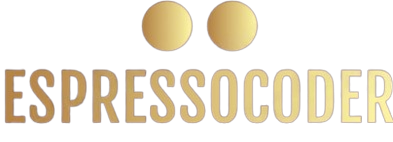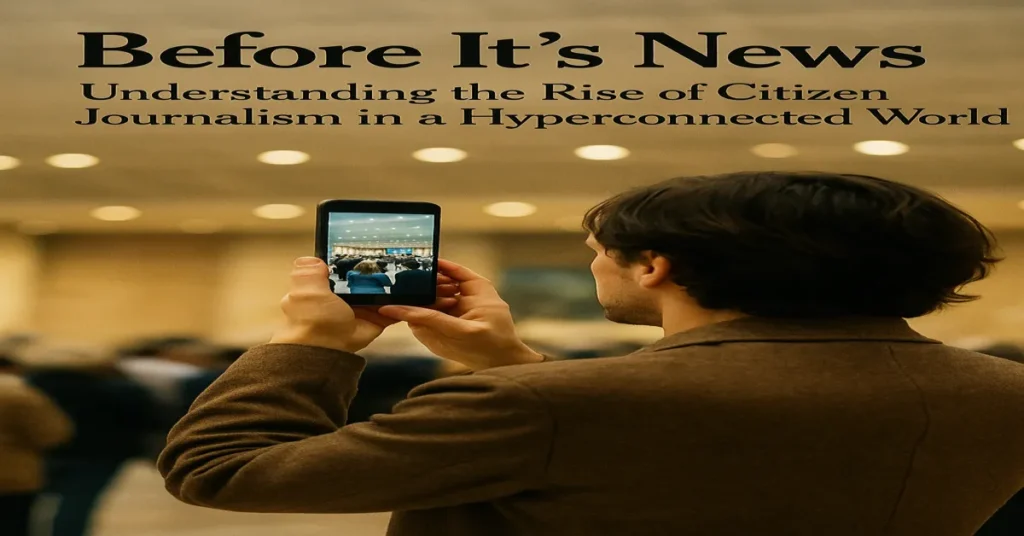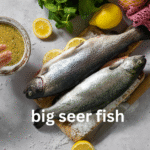In an era of real-time updates, where a tweet or TikTok video can circle the globe in seconds, the appetite for instant information has never been greater. Traditional newsrooms, often bound by editorial policies and rigorous fact-checking, sometimes lag behind. Into this gap steps Before It’s News—a platform embodying the new wave of citizen journalism, where everyday individuals become the frontline reporters of the world’s unfolding events.
Since its inception, Before It’s News has been many things to many people: a beacon of free speech, a contentious hotbed of conspiracy theories, and an alternative voice against the perceived hegemony of mainstream media. But beyond sensational headlines and viral posts lies a deeper, more complex story—a reflection of a rapidly evolving information ecosystem.
In this article, we take a close, nuanced look at the phenomenon of Before It’s News, the broader implications for public discourse, and the realities of navigating information in the digital age.
The Genesis of Before It’s News
Founded in 2009, Before It’s News (often abbreviated as BIN) emerged during a transformative period for online media. The late 2000s saw the collapse of traditional print advertising revenues, the rise of social networks, and a growing mistrust in established institutions, including mainstream media outlets.
Recognizing a gap between public demand for uncensored news and the supply of professionally curated content, the creators of Before It’s News envisioned a user-generated platform. Here, anyone—regardless of professional credentials—could submit stories, reports, analyses, and opinions without traditional editorial filters.
The promise was simple yet profound: democratize the news process. But such radical openness also sowed the seeds for challenges yet to come.
| Year | Milestone | Description |
|---|---|---|
| 2008 | Decline of Print Journalism | Major newspapers face closures; online news rises. |
| 2009 | Launch of Before It’s News | Platform founded to promote user-generated news content. |
| 2012 | Early Successes | BIN stories on natural disasters gain attention for rapid, grassroots reporting. |
| 2015 | Rise of Misinformation Concerns | Debates intensify over platform responsibility amid viral conspiracy theories. |
| 2018 | Tech Platforms Regulate Content | Facebook and YouTube introduce stricter misinformation policies. |
| 2020 | Pandemic Reporting | Surge of citizen reports about COVID-19, both valuable and problematic. |
| 2023 | AI Fact-Checking Emerges | New tools offer opportunities for balancing speed with accuracy in citizen journalism. |
| 2025 | Future Prospects | Dialogue continues about regulating vs. preserving the freedom of platforms like BIN. |
Citizen Journalism: Empowerment or Anarchy?
At its best, citizen journalism brings valuable on-the-ground insights that would otherwise remain invisible. Witnesses to unfolding events—natural disasters, protests, community milestones—can share their firsthand perspectives, enriching the global narrative.
Platforms like Before It’s News have, in several instances, broken important stories well before mainstream media caught up. For instance, during early COVID-19 lockdowns, citizen reports surfaced online warning about shortages, regional lockdowns, and viral spread, often weeks before official confirmations.
However, without institutional guardrails—such as fact-checking teams, editors, and ethical guidelines—the floodgates open not just to valuable information, but also to misinformation, disinformation, and sensationalism.
Before It’s News became a vivid case study: an unfiltered public square where truth and fiction often blurred.
Trust and Credibility in the “Post-Truth” Era
The rise of platforms like Before It’s News coincided with what scholars call the post-truth era—a cultural shift where emotional resonance often trumps factual accuracy.
In this environment, confirmation bias thrives. Readers increasingly seek out information that aligns with their pre-existing beliefs, reinforcing their worldviews regardless of the evidence. BIN catered to diverse ideological niches, offering content spanning alternative medicine, UFO sightings, economic collapse warnings, and political exposes.
While some users praised the platform for offering narratives “the mainstream media won’t touch,” critics warned that the lack of editorial accountability could enable dangerous falsehoods.
This tension between freedom and responsibility remains a defining challenge not just for Before It’s News, but for all user-driven media ecosystems.
The Technological Backbone: How BIN Functions
Unlike mainstream news organizations with hierarchical structures, BIN relies heavily on a crowdsourcing model. Here’s a snapshot of how content typically flows on the platform:
- User Submission: Anyone can submit an article via a relatively simple interface.
- Minimal Vetting: Submissions undergo basic checks (mostly for spam and formatting), but there’s limited verification of claims.
- Categorization: Content is sorted into various sections—World, Health, Politics, Paranormal, etc.—allowing readers to navigate according to their interests.
- Community Engagement: Articles can be upvoted, shared, and commented upon, amplifying their reach organically.
By eschewing traditional editorial bottlenecks, BIN achieves rapid publication speeds—often a key appeal for time-sensitive or controversial stories.
However, this very speed and openness also make it vulnerable to hoaxes, propaganda, and accidental misinformation.
Regulation, Responsibility, and the Future
In recent years, growing concerns about misinformation have spurred calls for greater platform accountability. Social media giants like Facebook and YouTube have introduced content moderation policies, fact-checking partnerships, and algorithmic adjustments.
For platforms like Before It’s News, the future may involve a delicate balancing act:
- Enhanced Moderation: Without stifling free expression, platforms could introduce layers of community-based fact-checking or AI-driven credibility assessments.
- Transparency Measures: Clear labels identifying opinion pieces, unverified claims, and user-submitted content could empower readers to make informed judgments.
- Community Standards: Developing a code of ethics—similar to journalistic guidelines—could help uphold credibility without compromising openness.
Yet any move toward greater regulation raises philosophical and practical questions about who gets to decide what constitutes “truth.”
Why Platforms Like Before It’s News Matter
Despite its controversies, Before It’s News represents something vital: a broader democratization of narrative authority.
Historically, gatekeeping institutions decided which stories mattered and how they were told. In bypassing these structures, citizen journalism offers marginalized voices a seat at the table.
In regions where press freedom is under threat, platforms like BIN can provide critical channels for whistleblowers and activists. In crisis zones, citizen footage can fill information vacuums left by media blackouts.
Moreover, in an increasingly polarized media landscape, the mere existence of alternative narratives—even flawed ones—forces necessary conversations about bias, transparency, and the nature of truth itself.
Navigating Before It’s News: A Reader’s Guide
For discerning readers, engaging with Before It’s News can be both enriching and treacherous. Here are some practical tips:
- Cross-Verify Information: Treat BIN articles as starting points, not final destinations. Cross-reference claims with multiple reputable sources.
- Evaluate Sources: Examine the byline and credentials of article authors, where available.
- Watch for Sensationalism: Be wary of headlines written in all caps, laden with exclamation marks, or making grandiose claims without evidence.
- Recognize Bias: Every writer brings biases—acknowledge them, and critically assess the perspectives presented.
- Use Fact-Checking Tools: Websites like Snopes, PolitiFact, and Media Bias/Fact Check can help evaluate specific claims or outlets.
Conclusion: Beyond Before It’s News
The story of Before It’s News is not just about one website. It’s about a broader societal shift—a collective reimagining of how information flows, who controls it, and what responsibilities come with that power.
In a hyperconnected world where anyone with an internet connection can become a broadcaster, the old adage rings truer than ever: “With great power comes great responsibility.”
Whether platforms like BIN evolve into more credible forces or remain chaotic free-for-alls will depend not only on their internal policies but also on the broader media literacy of their audiences.
As readers, citizens, and participants in this grand experiment of information democracy, the onus is on all of us to engage critically, compassionately, and responsibly.







